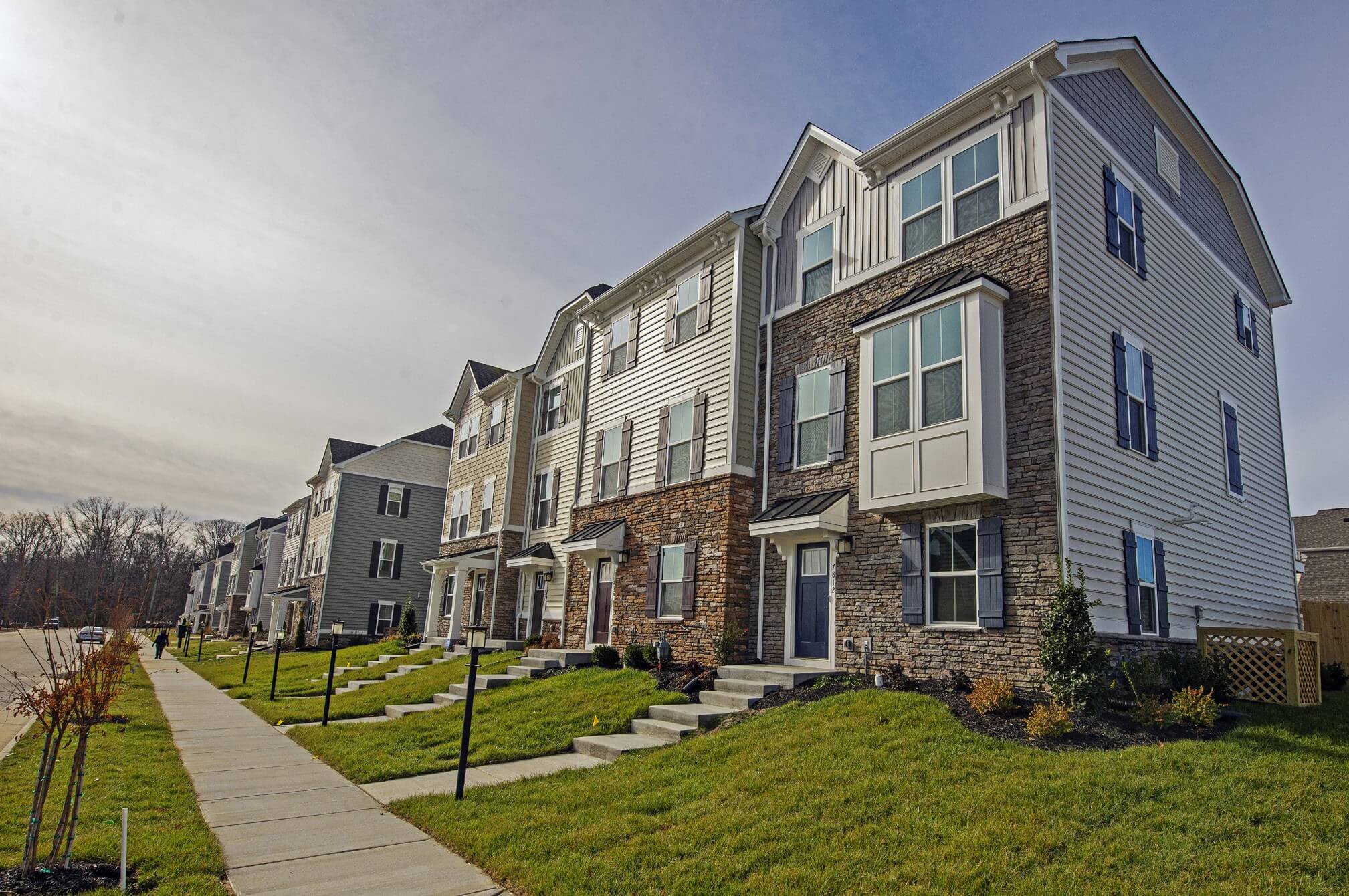
New report highlights affordability issues in Chesterfield, region
by JIM MCCONNELL
In presenting its new report on regional housing last week, the Partnership for Housing Affordability confirmed what Chesterfield County officials have long known: The Richmond region’s largest and most populous suburb has a significant shortage of residential units that are affordable to people with low and moderate incomes.
As part of a new initiative called the Regional Housing Framework, which was developed by the partnership in conjunction with government officials from Chesterfield, Richmond, Henrico, Hanover and the town of Ashland, housing providers and community members, the report includes several locality-specific recommendations that would require a considerable departure from “business as usual” in Chesterfield: increasing higher-density residential development with smaller, innovative home types; expanding the amount of land available for multifamily housing; and reducing barriers to construction of accessory dwelling units in residential zoning districts.
Creating density in America’s suburbs has long been difficult. To many, the terms “density” and “affordable housing” connote problems commonly associated with urban areas, such as traffic, drugs and crime. Chesterfield is no exception in that regard. Much of the county was built out with sprawling single-family subdivisions, and citizens who speak at zoning hearings consistently say they’d like to keep it that way.
But Laura Lafayette, chief executive of the Richmond Association of Realtors and a member of the Partnership for Housing Affordability’s board of directors, noted the Chesterfield government has become “a really stalwart partner” in the effort to tackle the region’s challenges of poverty and housing insecurity.
“The county leadership has been at the table with us since the beginning of the 20-month process of developing this framework,” said Lafayette, who grew up in Chesterfield after her family moved here in 1970.
“I’m very well-acquainted with Chesterfield of the ’70s, ’80s and ’90s, when the attitude was ‘We don’t want those [low-income] people out here,’” she added. “It has been an evolution and Chesterfield has come an extraordinarily long way.”
The reality is that Chesterfield and Henrico, the region’s largest suburban localities, are no longer immune to the type of socioeconomic issues that neighboring Richmond has dealt with for generations.
According to the U.S. Census Bureau, the number of Chesterfield residents living in poverty increased by 13,435 between 2000 and 2018. That number includes people who have settled in Chesterfield as property values in the city soared over the last two decades.
The poverty is concentrated in Chesterfield’s northeastern quadrant, particularly the Jefferson Davis Highway corridor, where much of the housing consists of aging trailer parks, apartments and duplexes in various states of repair.
The Partnership for Housing Affordability report found there are 2,080 more renter households in Chesterfield living below 50% of the region’s median income ($86,400) than apartments that are affordable to them. The partnership defines “affordable” housing as a dwelling unit, either owned or rented, where the household pays no more than 30% of its gross (pre-tax) income on basic housing costs. And in Chesterfield, lack of access to affordable housing isn’t just an issue for low-income families.
The sale price of an average single-family home in the county increased by 21%, from $215,000 to $260,000, between 2009 and 2018. Average household income grew by just 7% over the same period, meaning even the county’s teachers, police officers and firefighters increasingly are being priced out of opportunities to live near their jobs – an important consideration for younger workers who will make up the county’s future tax base.
“These are people who go to work every day but can’t afford to buy a $500,000 house, especially when they’re just starting out,” said Leslie Haley, chairwoman of the Chesterfield Board of Supervisors. “They want their children to be educated in a quality school district and they have every right to want that.”
The county has taken steps to address the issue of affordable housing, establishing a partnership with the Maggie Walker Community Land Trust that will make it possible for a limited number of people to purchase existing homes in Chesterfield at significantly reduced prices. That’s because the trust retains ownership of the land under the home, which in Chesterfield is the most significant driver of rising housing costs.
The land trust, however, is just one piece of a multifaceted solution.
Last month, the Board of Supervisors voted to transfer ownership of a 5-acre parcel that currently houses the Ettrick Elementary School Annex to the land trust, which plans to demolish the building and construct affordable housing units on the site.
The board also has approved a zoning overlay for the northern Jefferson Davis Highway corridor that permits construction of high-density multifamily housing on small parcels currently zoned for commercial use. County officials hope that by permitting greater density, they’ll create opportunities for developers to build more cheaply and pass the savings on to renters.
“Chesterfield is an aging county with single-family housing most desired by older people, but the majority of the population understands that having greater diversity in housing is the way the county gets somewhat of a rebirth,” said Gib Sloan, the Bermuda District’s planning commissioner. “Areas that embrace housing diversity are going to attract the population of the future. People just need to learn to think a little differently.”
The push for affordable housing, meanwhile, is also a hot topic in this year’s General Assembly session. There are several pieces of legislation pending that address the lack of affordable housing in many parts of the commonwealth, including a bill sponsored by Sen. Jennifer McClellan, D-Richmond, that would explicitly prohibit localities from denying permits for housing developments based on the expected race or income level of the residents.
Another bill from Del. Ibraheem Samirah, D-Fairfax, would permit by-right construction of higher-density housing (such as townhouses, duplexes and cluster homes) in single-family zoning districts.
While the Partnership for Housing Affordability’s framework recommends changes to Chesterfield’s predominantly single-family zoning districts to allow for construction of affordable housing, Lafayette described Samirah’s bill as “an overreach” because it takes most land-use authority away from the locality. She predicted it will be widely opposed.
“It’s hard to legislate emotion,” said Andrew Clark, vice president of government affairs for the Home Building Association of Virginia. “We need to educate people that a mix of housing types creates more vibrant communities and aren’t something to be scared of. If the sentiment persists that anything other than single-family housing will bring crime and destroy our schools, we’re never going to get anywhere near a constructive dialogue.”
According to Lafayette, the housing framework provides the participating localities with a set of bold solutions for increasing housing affordability across the region. The Partnership for Housing Affordability will collaborate with its public sector partners to implement those recommendations in the coming years.
“Poverty knows no boundaries,” she said. “Housing is an expensive hole to dig out of, but every person deserves a healthy, stable place to call home.”
Source: Chesterfield Observer
